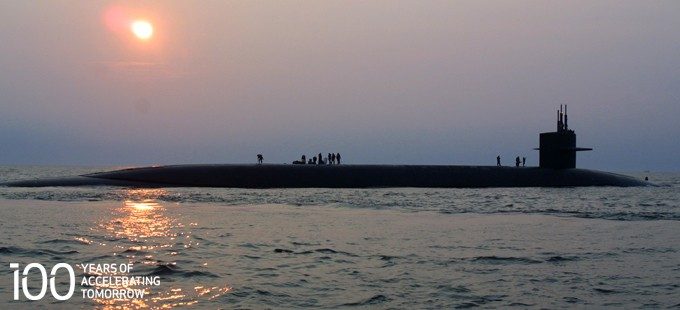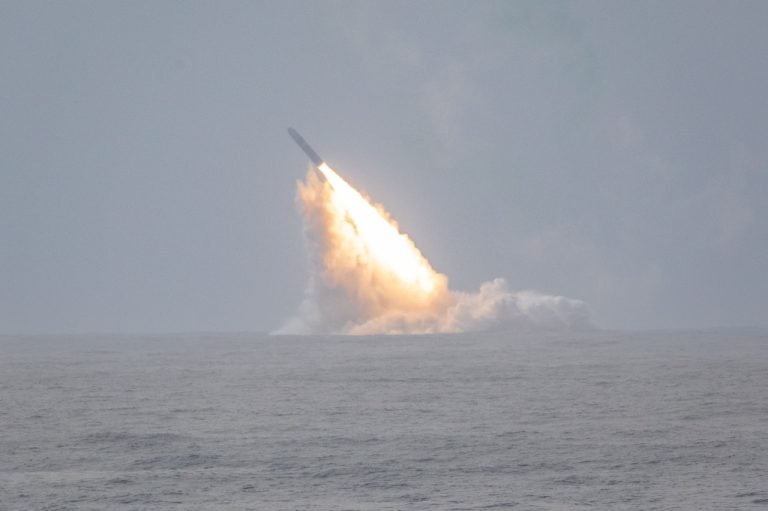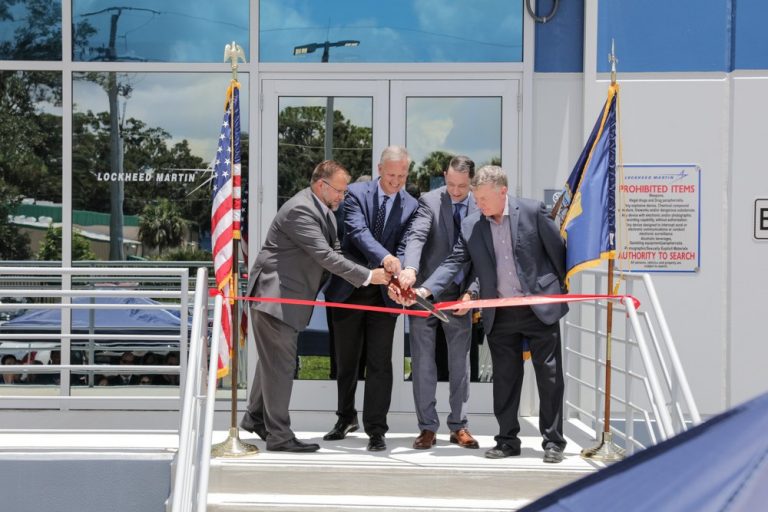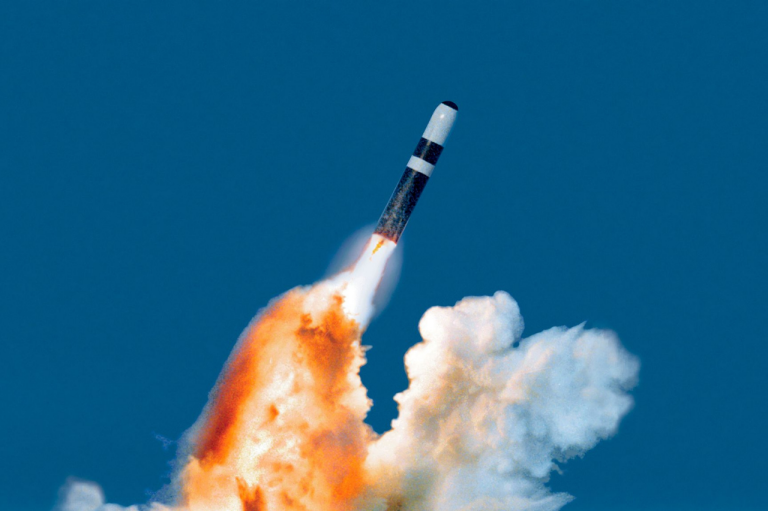On September 27, Lockheed Martin, supporting the U.S. Navy, marked the successful launch of one Trident II D5 Life Extension Fleet Ballistic Missile to demonstrate crew and system readiness.
The Trident II D5 is the latest generation of the U.S. Navy's submarine-launched fleet ballistic missiles, following the highly successful Polaris, Poseidon, and Trident I C4 programs. First deployed in 1990, the Trident II D5 missile is currently aboard OHIO-class and British VANGUARD-class submarines.
Lockheed Martin Space Systems Company, the Navy's Trident missile prime contractor, developed and produced the missile and support equipment. The company also supplies technical and logistical support at sites where the missiles are deployed.
The FBM team continues to build on a remarkable mission success track record. The Trident II D5 missile has achieved 188 successful test launches since design completion in 1989 -- a record unmatched by any other large ballistic missile or space launch vehicle.
The first Fleet Ballistic Missile (FBM) developed and deployed by the United States was the Polaris A1 missile, named for the North Star. A two-stage ballistic missile with a range of 1,200 nautical miles, the A1 was powered by solid fuel rocket motors and guided by a self-contained inertial guidance system independent of external commands or control. The A1's first successful underwater launch from a submarine on July 20, 1960, brought to fruition a remarkable Navy and industry research and development effort begun only four years earlier. Subsequent Polaris missiles, the A2 and A3, increased the range and thus the operating area of the stealthy deterrent. U.S. deployment of the Polaris missile series ended with the retirement of the A3 in 1979.
The next generation of fleet ballistic missiles to follow Polaris was the Poseidon C3 missile. The Poseidon, despite being 20 inches wider in diameter, 36 inches longer and approximately 30,000 pounds heavier, fit into the same 16 launch tubes that carried Polaris. Poseidon carried twice the payload of the Polaris A3 with significantly improved accuracy. The first Poseidon test launch occurred on August 16, 1968. The first submarine-based test launch occurred on August 3, 1970, from SSBN 627 James Madison. The Poseidon was declared operational on March 31, 1971, and was deployed aboard all 31 Lafayette Class submarines.
The Trident I C4 missiles were the longest continuously operated Fleet Ballistic Missiles ever deployed by the U.S. Navy. Using advanced technology in propellants, micro-electronics and new weight-saving materials, the Trident I C4 missile incorporated the multiple independently-targeted vehicle capability of its predecessor Poseidon and provided an astounding range of more than 4,000 nautical miles with a full payload.
The Long View: Fleet Ballistic Missiles
December 17, 1955. Representatives from several aerospace contractors gathered in Washington, D.C., at the behest of Rear Admiral William Francis “Red” Raborn for a briefing on a new program to develop a fleet ballistic missile weapon system for the United States. The program would investigate the feasibility of a defense system based on converting Intercontinental Ballistic Missiles (ICBMs) into submarine-launched weapons.
The admiral asked the attendees in the room to introduce themselves by writing their company names on the blackboard. Gene Root was the first to stride confidently to the board, writing LOCKHEED in capital letters and turned to face the room.
“We’re ready,” said Root. “Who’s next?” More







